What Does 2019 Have In Store for Design?
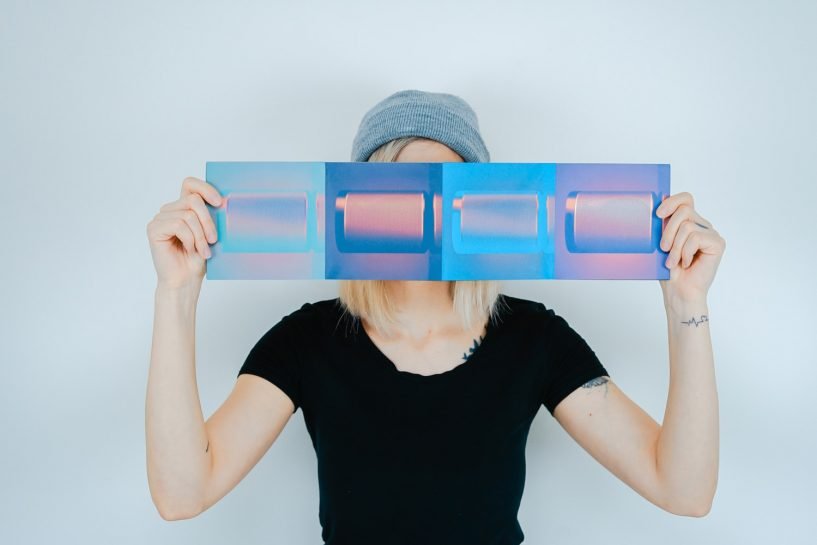
There have been numerous design shifts and trends that took over marketing materials, branding strategies, and the vast art realm in the last few years. 2018 saw significant breakthroughs, and most of them went on to serve as the tentpoles of modern design.
That said, Creative Bloq recently talked about their predictions for next year’s design trends. Various designers shared their thoughts on what they think design would shape up to be in 2019. With the current track of sustainable and usable design, it’s no wonder these trends would serve as catapults for creative economies and businesses. After all, the design is the first thing people see, and the only thing that would linger in their minds (provided, of course, if your brand or design is strong enough for high recall).
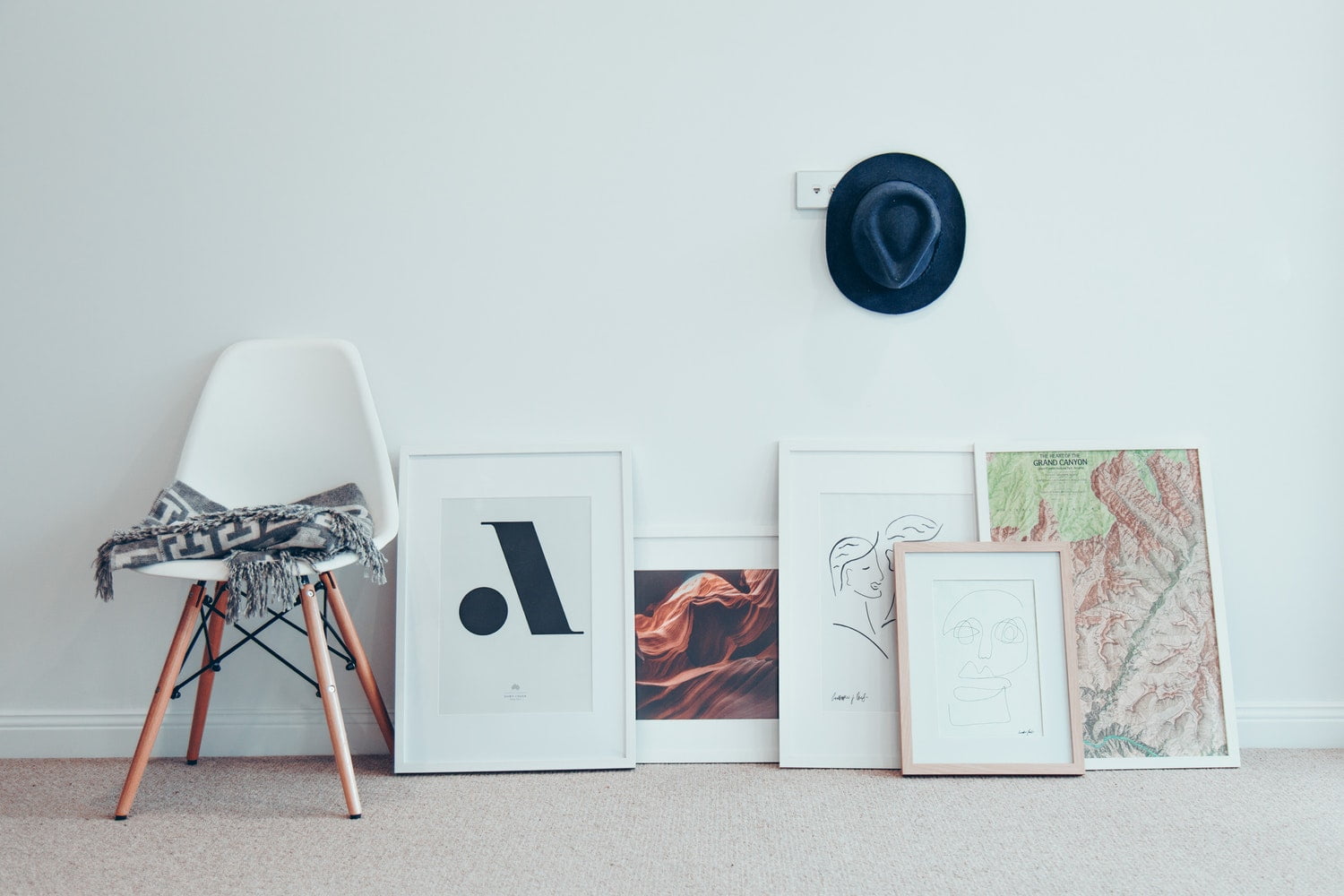
Going Greener
In a changing environmental landscape, most of the new design principles zeroed-in on environmentally sustainable design for branding and marketing. Sam Evans of Turner Duckworth believes that it’s time for brands to consider sustainability as one of their main goals for 2019.
“Brands have the power to shape our cultural landscapes,” says Evans. “It would be great to see some serious momentum behind big brands putting their money where their plastic is and using their power to make real changes across their design, packaging and supply chains, to catch up with consumer thinking and communicate clearly the wider importance of these actions.”
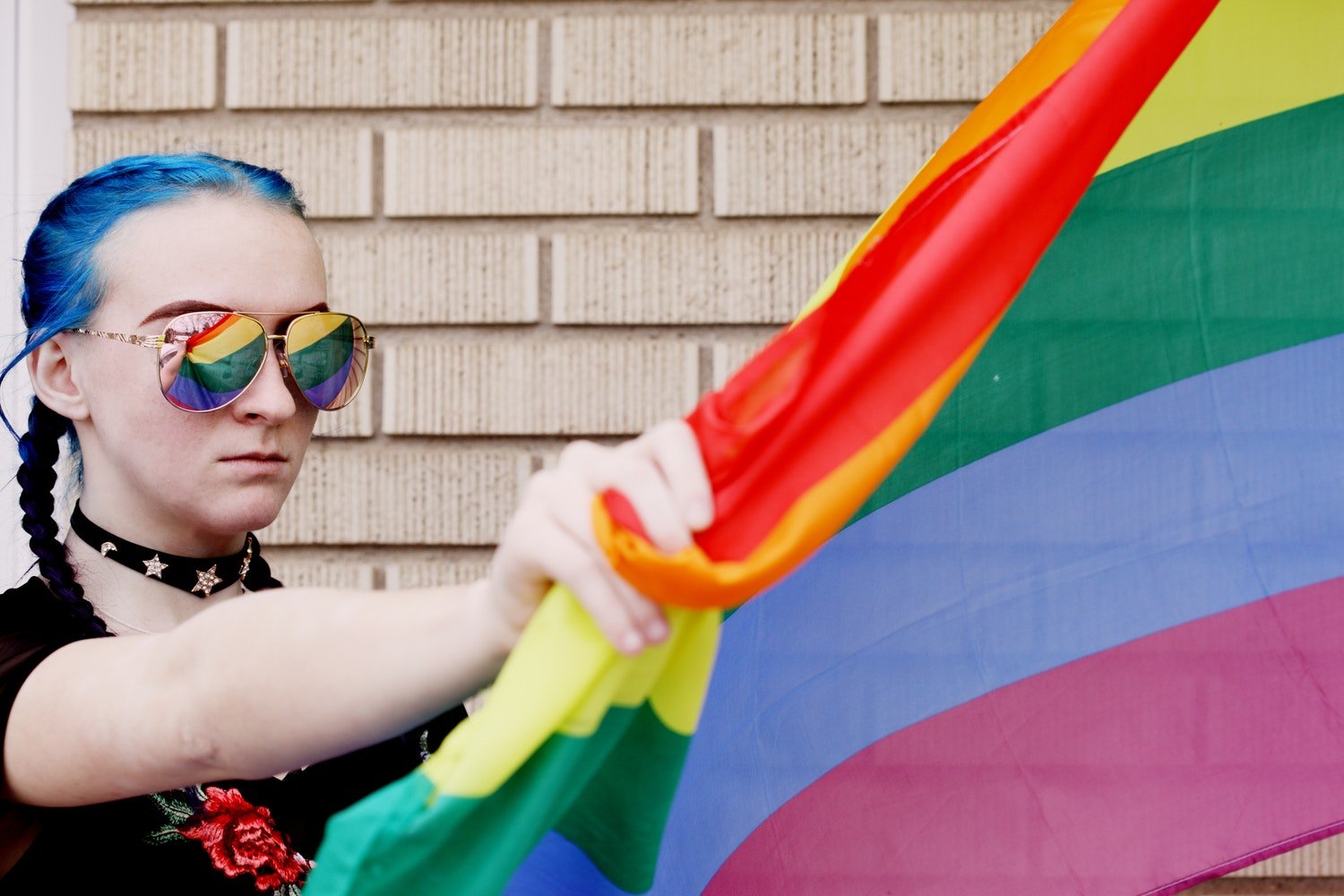
Social Relevance
2018 has seen its fair share of political rifts and social issues that ultimately shook us to our core. Regardless of how toxic it is in terms of society and politics, Alastair Holmes of This Place strongly believes that design in 2019 should play a key role in promoting harmony, inclusion, and responsibility. “I’d also like to see a design response to the growing issues around mental health and the use of social media, perhaps promoting honesty and realism over idealism and obsession with celebrity status,” says Holmes.
UK Creatives David Annetts (Design Bridge) and Clem Haplin also think that design in 2019 would serve as one of the main platforms of young creatives in spreading the message of diversity and positive change in society. Haplin urges that poor working practices should be addressed, as well as “their social and environmental performance, transparency, and accountability to balance profit and purpose.”

Brand Collaboration
This year also featured collaborations between major brands for their products and design outputs. Creative Bloq describes co-creation between these companies as something that led to positive consumer response, Lee Fasciani of Territory Projects sees 2019 as a bright future for brand collaboration. “I’d like to see more brands invest in co-creation,” he says. “A number of successful new and existing brands invite the intended audience to co-create, ideate and validate. There is a transparency to this process that people appreciate; they invest time and energy knowing that they’re going to get a better experience because of it.”
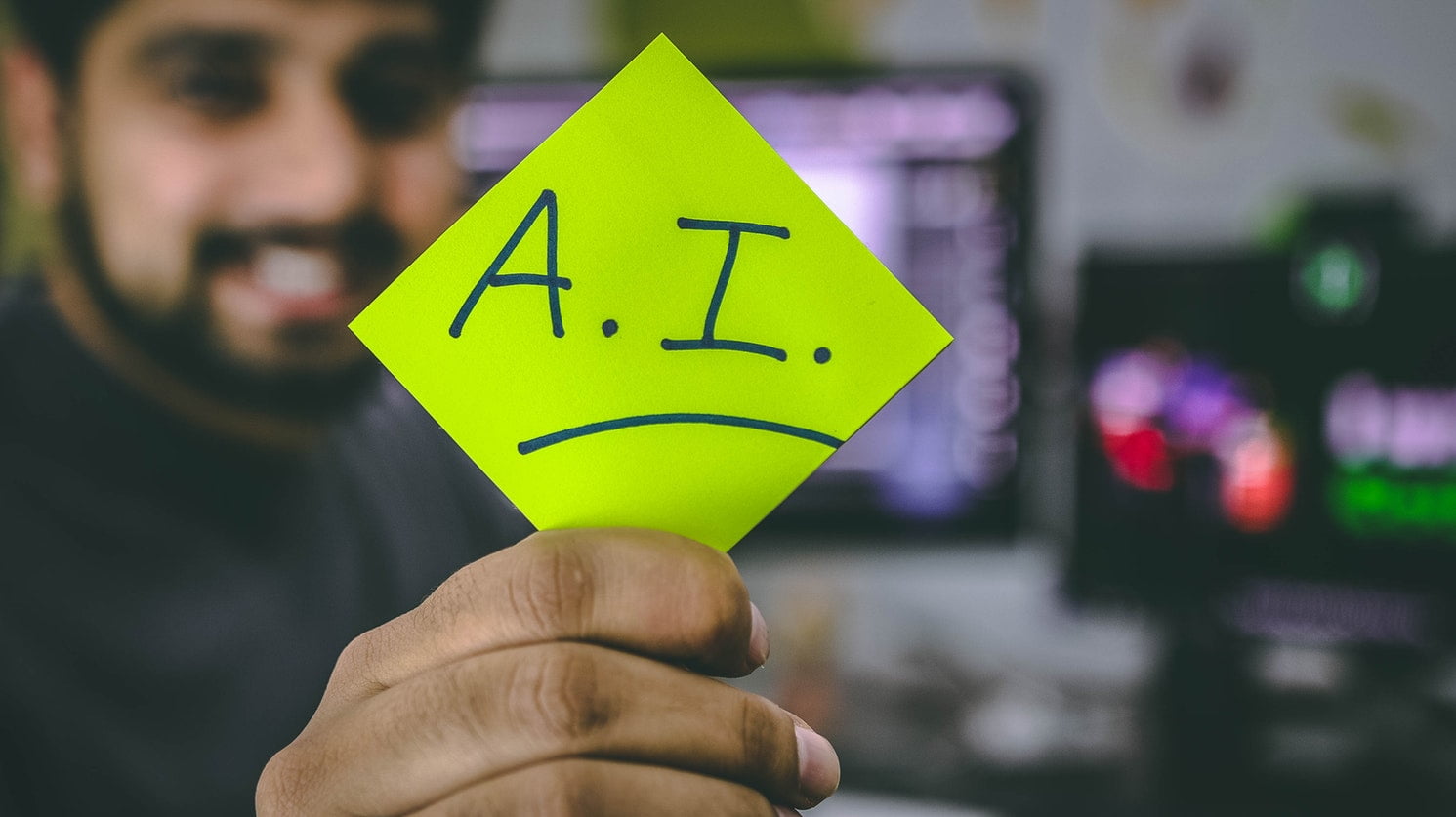
The Power of Artifical Intelligence
Tech brands adapted their products to the growing power and influence of AI. Despite this though, the change met a lot of cynical musings over the past months. Fears of AI taking over real human interactions and assistance took over social media by storm, with a negative stigma surrounding the otherwise useful and sustainable technological feat. ASTRO Studios’ Brett Lovelady would like to see that perception change next year.
“If everyone jumps on the robots are on the rise, anti-AI wagon, it will stop in the street and that would be a huge loss of innovation and creativity momentum,” Lovelady stresses. “We’re human and still in control, so act like it, and experiment with tech just like any other medium.”
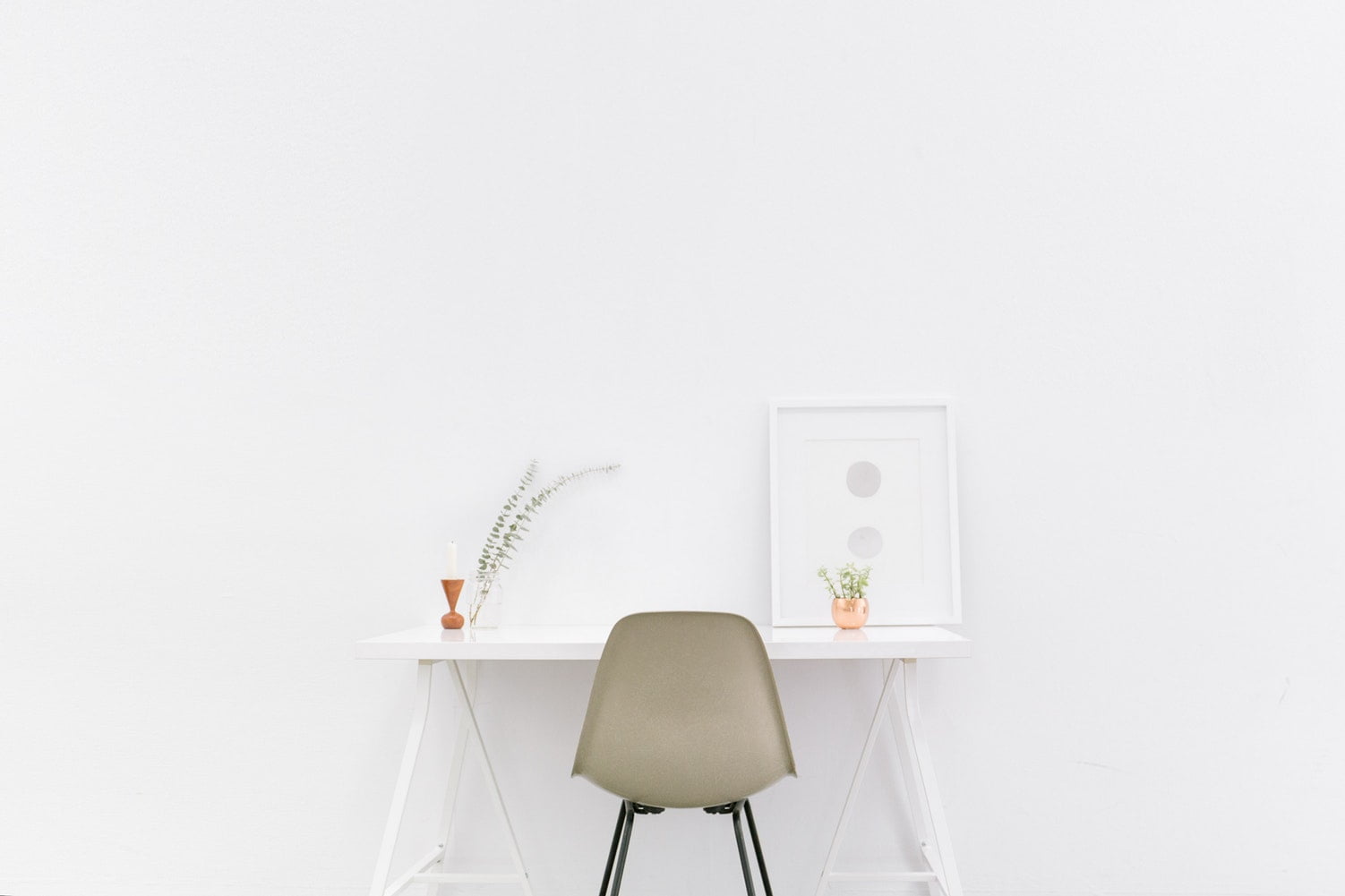
Minimalism
Sure, this way of life can actually be beneficial in today’s consumerist and materialist culture, but design can help the two philosophies get along in some way. Setting less visual noise for designs in 2019 can go a long way, especially in terms of eliminating the unnecessary according to Dan Braham of Greenwich Design.
“I’d like to see design that is a little less showy and has more integrity; true brand value-based stuff, rather than excess fluff,” Braham explains. “I’d also like to see more use of simple yet well considered, more overtly functional design. There’s so much visual noise going on out there that as a consumer, I appreciate the gentle open spaces within a design; it’s like an oasis of calm and I’m more receptive to that.”
By cutting back on the visual noise, consumers will be able to slow things down a bit and focus on what matters most—usability and comfort.

3D Dominance
Speaking of minimalist design, flat designs have asserted their power over themes and various UX designs in the last six years. However, This Place visual designer Andreas Chang predicts that its time as a major design trend will soon be over and replaced by a familiar trend that got lost along the way—gradients and 3D design.
“What I’d like to see as the next stage in this trend,” Chang says, “is for designers to turn to actual 3D and its advanced capabilities for depth and shading, opening up a new space for digital design that has previously been dominated by games and industrial design.”
Talk about a major comeback, huh?

Popping Colors
Design won’t be complete without the blending of colors. The likes of Vaporwave and Outrun art themes drew a distinct prominence this year, and it looks like these vibrant and dynamic colors will gain more traction in 2019.
“I hope we’ll see more bold and playful colours and strong typographical designs. This lively, vibrant approach provides a refreshing antidote to some of the more depressing things happening in the world right now,” Kate Chandler of Greenwich Design says.
Loveland also adds that color blocking combos, fades, gradients, current and retro are good design elements, but it doesn’t really scream out what the future of design could be. “I tend to think colors will transfigure more – transform and enhance movement – which is a great thing. Perhaps this is due to digital screen overload, but I think blending and morphing color palettes will begin to define our future states,” Loveland believes.
Whether or not these trend predictions will happen remains to be seen. It’s up to the design and marketing industry to dictate such changes. After all, it’s hard to pinpoint which trend would catch on. But with these interesting thoughts from the designers, it won’t be soon before we see some of these changes take place for the better.
Recommendations


Leave A Comment